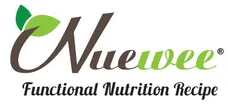Osteoporosis causes bones to become so weak and brittle that a fall or even bending over or coughing can cause a fracture. Such fractures generally occur in the hips, wrist, or spine. Osteoporosis affects men and women of all races, but women are more susceptible to osteoporosis.
Age-related Bone Loss Is Normal
In one scientific study, out of 4,957 women aged 67 or above from the U.S., 1,224 were diagnosed with osteoporosis based on bone mineral density test results. A bone mineral density test measures the concentration of minerals in one’s bone against that of an average young adult. The U.S. Preventive Services Task Force recommends that women aged 65 and older be screened routinely for osteoporosis. Questions regarding the accuracy of the test arise when many elderly women do not have “normal” bone mineral density and are diagnosed with a disease based on that single test result. Do these women really suffer from osteoporosis?
After achieving peak bone mass by 30 years old, women gradually lose bone mass until menopause, when bone loss accelerates dramatically. Age-related bone loss is most rapid the first three years after menopause. After that, the rate of bone loss tapers off.

Because bone mineral density tests measure bones against that of a young adult, this normal and natural bone loss often causes postmenopausal women to be identified as having “low” bone mineral density and diagnosed with osteoporosis. Many are recommended medication, calcium pills, and dairy products to alleviate their condition.
Beware of Unnecessary Medication
Those with low bone mineral density are prescribed drugs such as alendronate to slow bone loss while increasing bone mass. A study showed that continuous usage of alendronate for four years helped to slow bone loss in women who were free of fractures but had low bone mineral density. However, the absolute risk reduction of fracture was only 1.7%. Drugs can cause side effects, and interactions may occur between the different medications a person is taking.
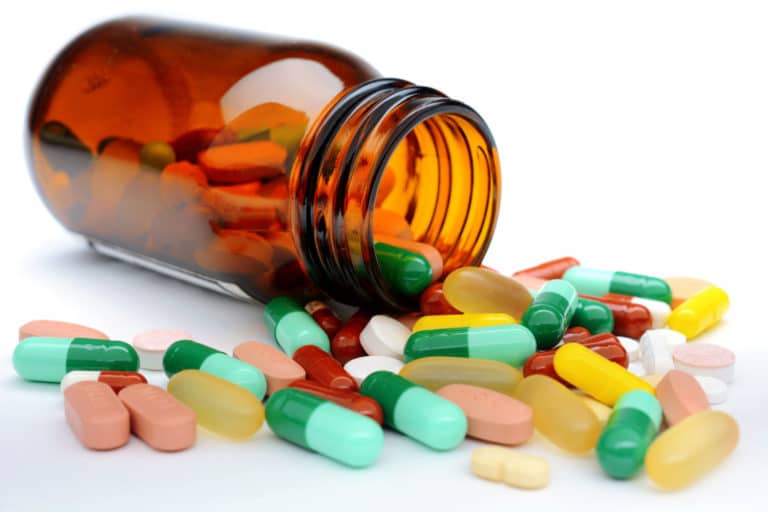
Calcium Pills
Ineffective against osteoporosis
To prevent osteoporosis, some turn to calcium pills, taking 1,000-1,500 mg of calcium daily. However, increasing calcium intake seems to offer little protection against osteoporosis.
Furthermore, very little of such high amounts of calcium can be absorbed. Calcium absorption decreases with age. During the growing years, the rate of calcium absorption is rapid-a baby absorbs up to 400 mg of calcium a day and excretes only 10 to 40 mg. Unlike children and teenagers, adults only absorb 20%-30% of calcium consumed, with the figure even lower for postmenopausal women at no more than 7%.
Researchers reviewed 19 studies involving 2,859 children and found that calcium supplementation only had a small effect on bone mineral density, which is unlikely to reduce the risk of fracture, either in childhood or later life.
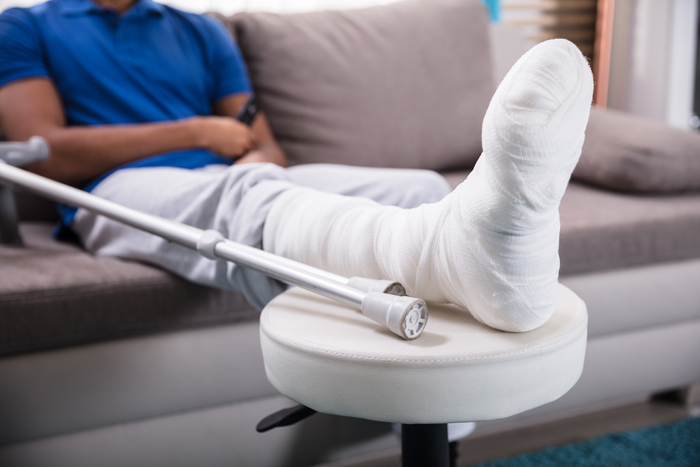
Harmful side effects
Calcium absorption is a complex process involving several parts of the body (for example, the digestive system and kidneys). Poor kidney function can cause calcium to accumulate in soft tissues instead of bones, possibly leading to arthritis, heart disease, and senile dementia.
When excess consumed calcium is not automatically excreted, it can threaten health. A meta-analysis revealed an increase in risk of hip fracture associated with women’s use of supplemental calcium, leading scientists to suggest that it is not appropriate for older women to rely on high calcium intake to reduce hip fracture risk.
An analysis of about 12,000 participants from 11 randomized controlled trials showed that calcium supplements, without co-administered vitamin D, are associated with an increased risk of heart attack. Compared to placebo, calcium supplements increased heart attack risk by around 30%. Research has also shown that calcium supplements accelerate blood vessel calcification and increase mortality in kidney failure patients.
Link between Diet and Osteoporosis
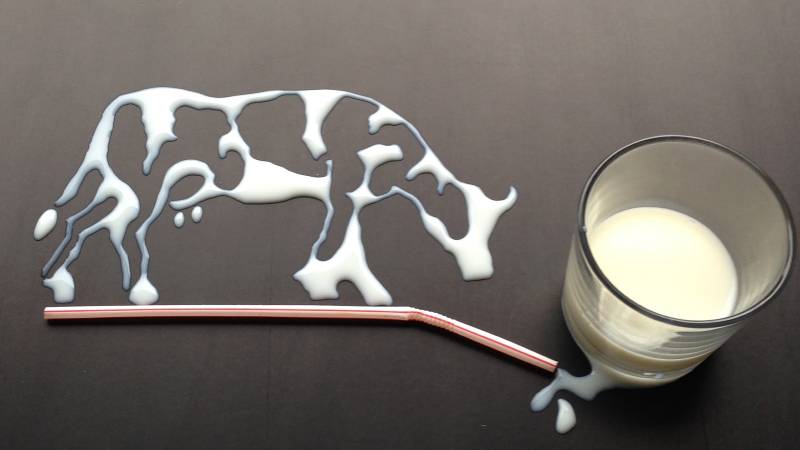
No Evidence to Support Milk
Intake Milk is commonly thought to help build strong bones, as it is rich in calcium, a mineral essential for bone health. However, there is little evidence that increasing milk intake will aid in building bones. A study published in The BMJ reported that women who consumed three or more glasses of milk a day had a higher risk of fracture and death. Men who drank three or more glasses of milk a day had a slightly higher risk of death-mostly associated with cardiovascular death compared to those who drank less than, one glass a day. There was no reduced risk of fracture as milk consumption increased. The researchers also found that milk intake was associated with oxidative stress, which is linked to cancer and cardiovascular disease. Milk contains a sugar called D-galactose, which induces aging in animals and is linked to increased oxidative stress and inflammation.
High intakes of milk may also increase the risk of ovarian and prostate cancers. Furthermore, milk contains calories and cholesterol that contribute to the intake of fat. As a result, scientists have suggested that recommendations to take at least three servings of milk or other dairy products daily are excessive.
Scientists have also highlighted that humans have no requirement for animal milk. Furthermore, about 65% of the world’s population has a reduced ability to digest lactose, which is found in milk, after infancy. There is also not enough scientific evidence to support milk consumption guidelines. In fact, all nutritional needs can be satisfied with a high-quality diet that includes green leafy vegetables, beans, nuts, and seeds.
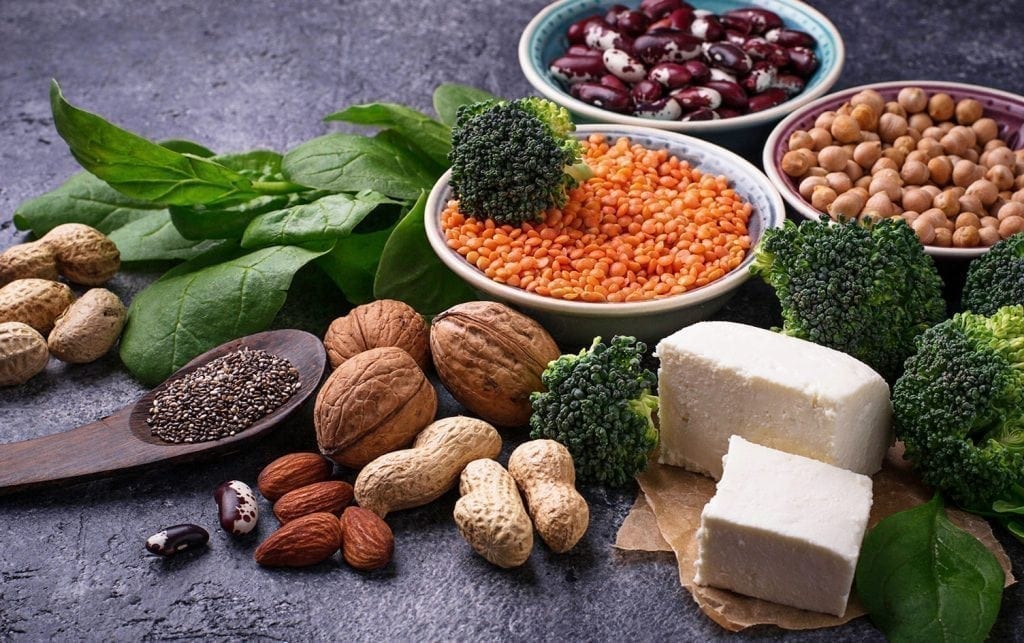
Animal Protein Promotes Calcium Loss
Milk is also high in animal protein, which may contribute to calcium loss. Populations with the highest animal protein intakes have the highest rates of hip fractures among women. Eskimos, for example, have high animal protein intakes and very weak bones.
Most proteins consumed are broken down into amino acids. Proteins and amino acids are acidic, and the body must neutralize excess amounts of these substances to prevent any harm by dissolving bone material to provide calcium and phosphates. While phosphate neutralizes the amino acids, the freed calcium ions are made available to be excreted by the kidneys into urine. Animal proteins have a very high content of sulfur-containing amino acids such as methionine and cysteine, which have a powerful effect on the kidneys’ calcium excretion. Thus, animal protein is more likely to cause calcium loss than plant protein.
Adding calcium to the diet will not compensate for the loss caused by excess protein intake.
Building Strong Bones
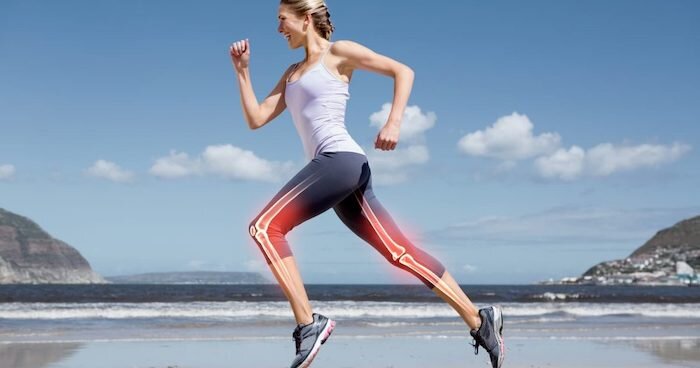
Exercise
Exercise is important to bone health throughout life. It helps to increase and preserve bone mass. The best type of activity for bone health is weight-bearing exercise such as walking, running, and climbing stairs. Weight-bearing exercise causes new bone tissue to form, and this makes bones stronger. It also strengthens muscles. Both bones and muscles become stronger when muscles push and tug against bones during exercise. A study conducted on adolescent girls as they passed into young adulthood showed that exercise can significantly increase bone mineral density and bone strength.
Exercise also helps to maintain muscle strength, coordination, and balance. This, in turn, helps prevent falls and related fractures.

Eat Plant Foods
Plants naturally contain calcium, which they absorb from soil. Because they contain a variety of antioxidants, phytochemicals, and polysaccharides, plant foods also help to build strong bones in many other ways besides providing calcium. Soy, for example, is rich in calcium. One hundred grams of soybeans contain 277 mg of calcium, which meets 28% of an adult’s daily requirement. Soy is also low in fat and cholesterol free. Phytoestrogens unique to soy-soy phytoestrogens-can effectively prevent bone loss, enhance the body’s calcium absorption and increase bone mineral density. Soy is a good source of calcium for those who want adequate calcium intake minus the high fat in animal products or who are lactose- intolerant.
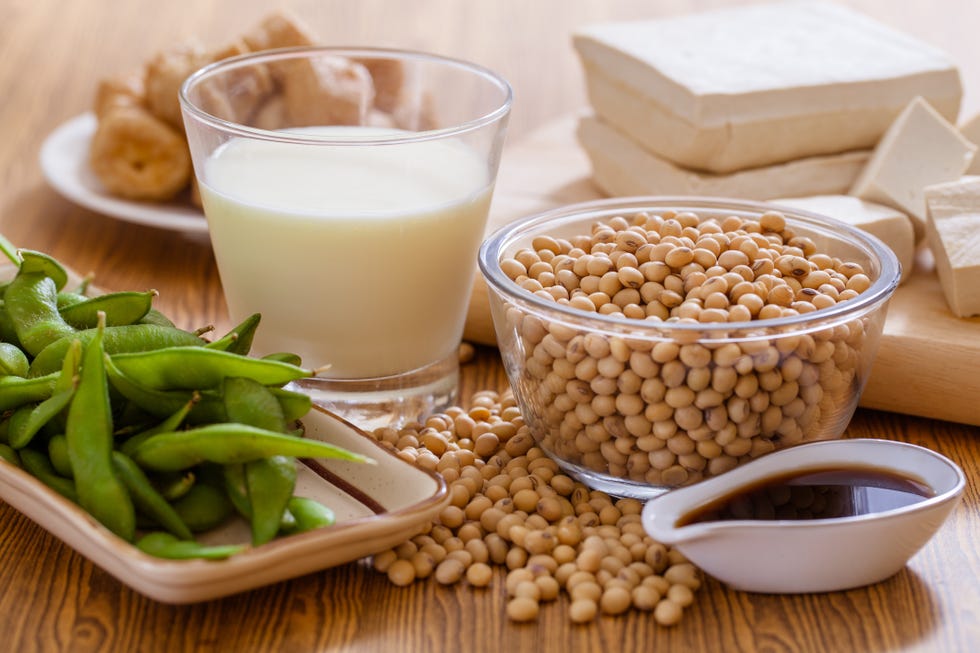
Research has shown that although vegans have much lower intakes of dietary calcium and protein than omnivores, their diets do not have adverse effects on bone mineral density.

Get a Dose of Sunshine
The human body makes vitamin D when exposed to the sun. About 10-15 minutes in the sun three times weekly is enough to produce the body’s requirement of vitamin D. Use sunscreen after a few minutes in the sun, as sun exposure is a risk factor for skin cancer.
Other Factors
Excessive alcohol and caffeine consumption, smoking, and certain medications, such as corticosteroids and anti-convulsants, can contribute to osteoporosis risk.
Nutritional Immunology focuses not only on prolonging life but also on improving the quality of life. It encourages the consumption of natural, wholesome plant foods for strong bones that will serve you well through a long, active, and healthy life.
To find out more about plant-based product that help to prevent osteoporosis , do visit >> Nuewee Organic Sesamin Gold with Biotin
